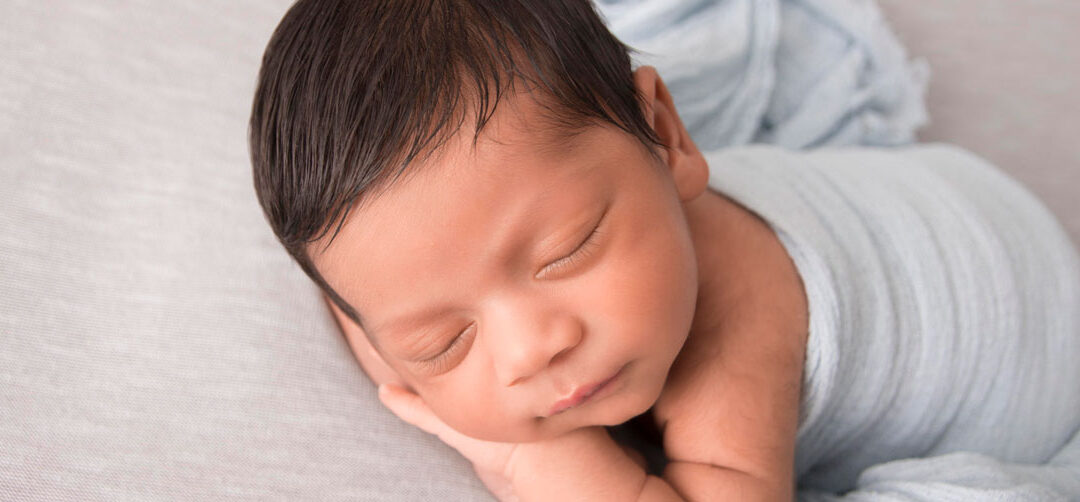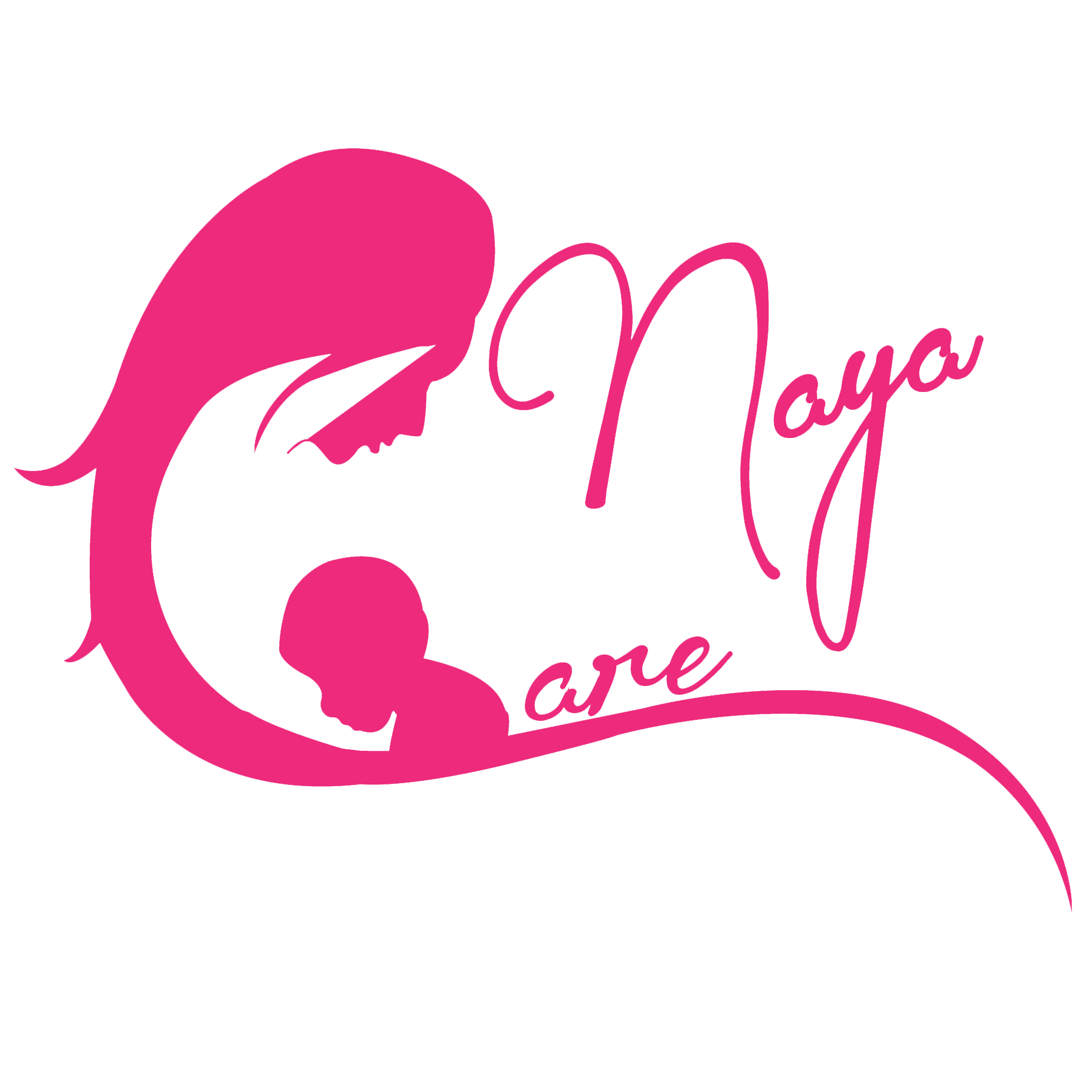
Newborn Sleep in the Fourth Trimester
Newborn sleep in the 4th trimester has become so complicated. Sacks versus swaddles, hats versus bare head, bassinet versus cribs and family beds. Even terms such as co-sleeping and bed-sharing become confusing. All parents are thriving for optimal safe sleep for their newborns and ultimately themselves. In order to understand newborn sleep, we need to take into consideration the 4th trimester.
The 4th trimester is the postpartum period, traditionally defined as the 12 weeks following birth. Dr. Harvey Karp coined this term in 2002, recognizing that “full-term” babies are actually born about three months early. Human evolution caused this disparity by favoring bigger brains and upright posture. Standing upright led to smaller pelvic sizes, resulting in early birth. Newborns, now, need an extra three months to adapt outside the womb, thus the fourth trimester.
Why swaddling?
Newborn sleep during the 4th trimester can be affected by the Moro or startle reflex. Evolutionary this reflex was a protective mechanism to defend newborns against prey. Now, in the comfort of homes, the startle reflex can cause unnecessary wakings. Therefore, swaddling is recommended until a newborn can start rolling over, a developmental milestone that occurs around 4 months.
Benefits of swaddling also include mimicking a womb, providing deep pressure touch, and help with colic and gas. Newborns can gravitate to their side during sleep, which is normal. Try to reserve swaddling for sleep. This way, inadvertently, you are setting up a sleep bedtime routine. Sometimes swaddles help with soothing a distressed baby due to gas or over stimulation and tiredness.
A favorite choice for swaddling fabric is muslin, soft against newborn’s delicate skin. Other blankets that can be used are large receiving blankets or swaddles that are sewn with pre-folds, velcro or zips.
Do you have to swaddle? Or the most common question I get asked is that my baby, a Houdini, always escapes the swaddles–now what?
First, you don’t have to swaddle. Another option is a sleep sack. A sleep sack is adding an extra layer to the baby without using a blanket. Nowadays, you have an option of a single swaddle, sleep sack, or even a swaddle sleepsack!
Does my baby need a hat?
Contrary to popular newborn pictures, healthy term newborns do not need a hat. Since thirty percent of heat escapes from a baby’s head, hats in healthy term newborns can cause babies to overheat. Another reason, hats tend to fall out and can increase the potential for SUID (sudden unexplained infant death). Therefore, ditch the hat. If your baby is premature, hats are helpful with temperature regulation two to three weeks after coming home.
Where should my baby sleep?
Just a basic question though steeped in controversy. Before diving into the answer, let’s define terminology around co-sleeping and bed-sharing. These two words often get intertwined regarding sleeping next to newborns.
Co-sleeping is sleeping in proximity to your newborn that includes room sharing and bed-sharing. Bed-sharing is physically sharing the same space your newborn sleeps in including a bed or a sofa. Co-sleeping is a natural human behaviour that promotes breastfeeding and infant development. American Academy of Pediatrics (AAP) recommends and supports co-sleeping upto a year. Bed-sharing can lead to an increased risk of neonatal deaths and SUID, previously known as SIDS (Sudden Infant Death Syndrome).
Just recently as of January 2020, the American Breastfeeding Medicine (ABM) revised their protocol around bed-sharing. Under the right circumstances (no smokers, no prematurity, no sofa, bed on floor,and breastfeeding) ABM supports bedsharing that leads to increased breastfeeding duration. This is in stark difference to AAP who still currently denounces bed-sharing. Side note: Both organizations consist of Board-Certified Pediatricians.
Therefore, what should I do as a parent?
First, always practice safe sleep methods regardless of placing the baby in a bassinet, co-sleeper, crib, or even bed sharing. Safe sleep methods included placing babies always on their back, no smoking or smoke exposure, no loose blankets, crib bumpers, toys or items in the designated sleep space, and a firm sleep surface. Next, be open with your pediatrician about your decision. As objective medical providers, we might unearth other issues such as postpartum anxiety. Lastly, even if you start bed-sharing, try to wean towards co-sleeping in separate spaces, allowing everyone a restful sleep.
Bed-sharing is only allowed if you are breastfeeding. Other parameters include no smoking, no alcohol, and your baby cannot be premature or low birth weight. If you qualify and still want to bed-share, the research based guidelines are thus: 1. Place the firm mattress on the floor and away from walls to prevent wedging of the infant. 2. The sleep order is baby and mom. Mom needs to be in a C-curved position termed “cuddle curl.” Dad can sleep elsewhere. 3. Babies should still practice safe sleep techniques such as sleep on backs, sleep sack, no blankets, soft toys or pillows around the baby or mattress. And yes if you want to practice this way, then you have to follow ALL these guidelines, absolutely no shortcuts.
Read my complete article on how I handled newborn sleep in the 4th trimester published in Scary Mommy here. Feel free to reach out with any questions!
Recently on the NayaCare Blog
- Nurturing Your Little Fighter: A Guide to Post-NICU Care for Your Baby’s Development and Wellbeing
- The Critical Role of Vitamin D for New Moms and Babies
- The Benefits of an Ayurvedic Diet for Postpartum Health
- Supporting Vaginal Health After Childbirth: The Role of Estrogen
- A New Hope for Mothers Suffering From Postpartum Depression or a Band-Aid?
